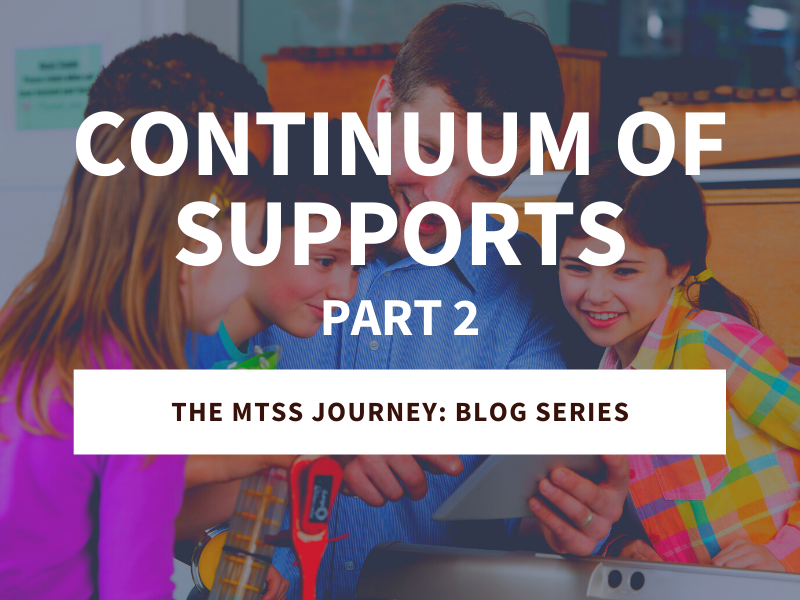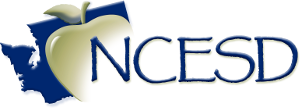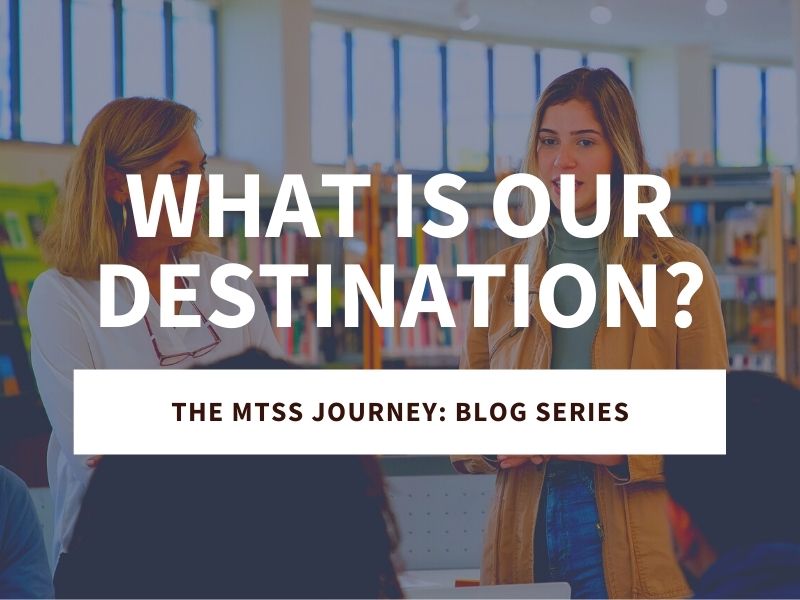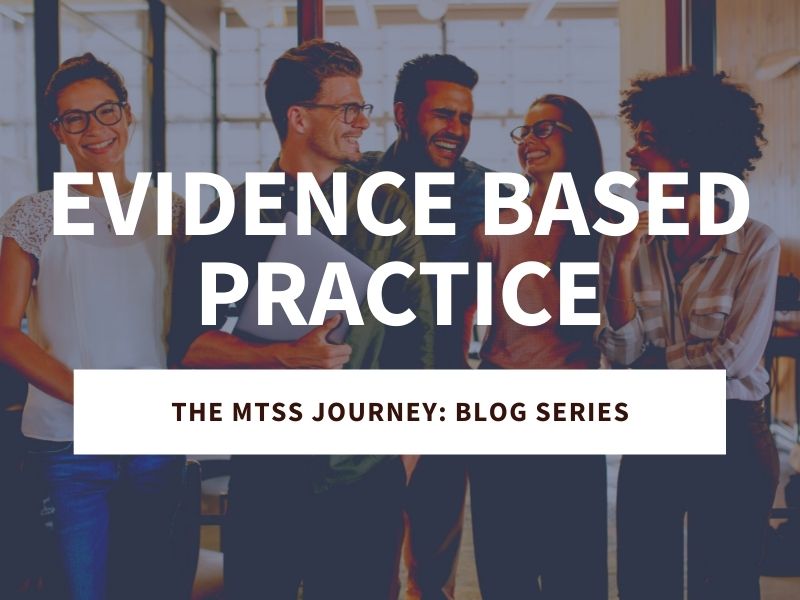Continuum of Supports (Part 2): The MTSS Journey Blog Series

Continuum of Supports (Part 2)
If you haven’t read the first part of this post, I encourage you jump over to that post and read it first. Then you can come back and enjoy the second part!
It all began with a cupcake.
Yes, that’s right, a cupcake. Are you imagining a fluffy lemon-flavored cupcake with lemon frosting like I am? 😊 Someone explained the tiers of support in Multi-tiered System of Support (MTSS) like a cupcake to me and it just stuck.
The first layer or tier of the cupcake is the cake itself.
It’s the foundational piece that everyone eats in order to say you’re eating a cupcake.
Next comes the frosting.
You don’t skip the cake to just eat the frosting (unless you asked for cake just for the frosting like I did as a kid). The point is the frosting doesn’t replace the cake. Just like in schools, our extra supports do not replace core instruction, the first layer.
Now some cupcakes need some sprinkles.
Sprinkles represent our tier 3 supports. The sprinkles don’t replace the frosting or the cake.
In our last post, we spoke about how MTSS is a way to focus on and grow strengths. All of us need different tiers of supports in different parts of our lives based on our hobbies, talents, and natural abilities.
Let’s unpack the three layers of support in schools.
Tier 1 is the layer that everyone receives.
Tier 1 should be intentionally universally designed so that no matter where a student is at, they can access the instruction and grow on a progression towards the grade level standard (even if they aren’t there yet).
One way to do this is to apply a Universal Design for Learning (UDL) framework to tier 1. That means we plan lessons that are universally designed for all students to access the content. Our tier 1 instruction should be evidence based, culturally and linguistically responsive and should provide adequate instruction for at least 80% of our school or district or classroom. The framework should include integrated instruction throughout the day on language and social emotional supports/skills/behaviors.
In order to do this, the culture and climate of the classroom is safe and student centered. Learning progress is monitored and teaching is adjusted to meet the needs of the individual learners or groups of learners. Basic interventions are provided in a plan, do, study, act (PDSA) cycle by the classroom teacher and by the grade level team in a professional learning community.
Tier 2 is an evidence based program with evidence based interventions that are skill specific for groups of students.
Remember the skiing vs. lasagna example from the last blog post? This means students qualify for extra support based on predefined entrance and exit criteria for specific skills they need. Their progress is monitored for that “just right” instruction and they enter the next level when they are ready.
Tier 2 is fluid with specific and timely feedback. When students master skills, we gradually release control so they can “ski” independently for example. 🙂 All the while we should include our families as partners in this work and celebrate progress along the way.
Tier 2 will meet the needs of about 15 % of your population meaning that 95% of students’ needs are met when employing tier 1 and 2 interventions.
Tier 3 interventions are intensive and individualized interventions.
These interventions may include intensified tier 2 interventions that are customized to meet the individual needs of students. (This is a 1:1 ski lesson in addition to my small group lessons). The intervention is customized based on dosage, alignment to goals and needs, with careful attention to data to watch for the transfer of skills and the application of the skill in the big picture. My instructor starts with the skills taught in my small group lesson and customizes it to meet my needs. Tier 3 supports and strategies should be employed after tier 2.
What I want you to remember is that students are not tiers.
That tiers are provided based on specific needs and specific skills and that the tiers do not replace one another. A student continues to receive core instruction through all the tiers. Supplemental services such as TBIP or special education do not replace the tiers, they complement them and may include interventions or individualized supports within all of the tiers.
For example, if a student is receiving TBIP services they are not to miss core instruction for those services. The services should complement what is happening in order to support the student in the core. If a student qualifies for tier 2 literacy support, they receive that small group, skill based instruction in addition to core learning time and the support may be pushed into that core learning environment.
In order to do this, teachers and service teachers need to work together to identify the best fit goal for students based on priority skills for each grade level. The tiers stack for all students so they can continue to learn and grow with their peers.









